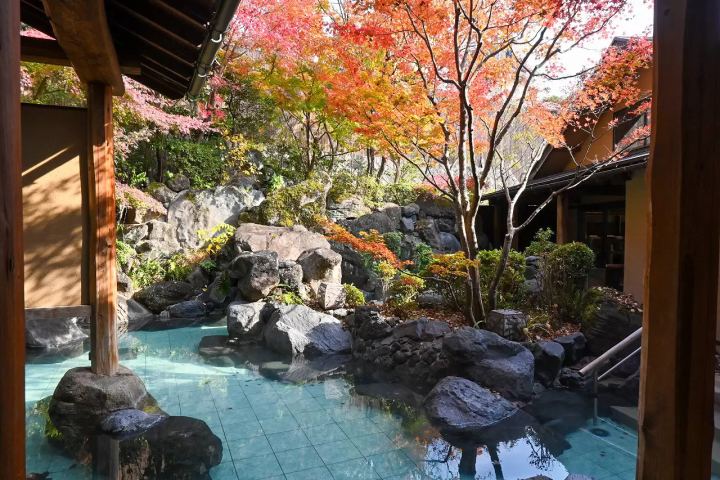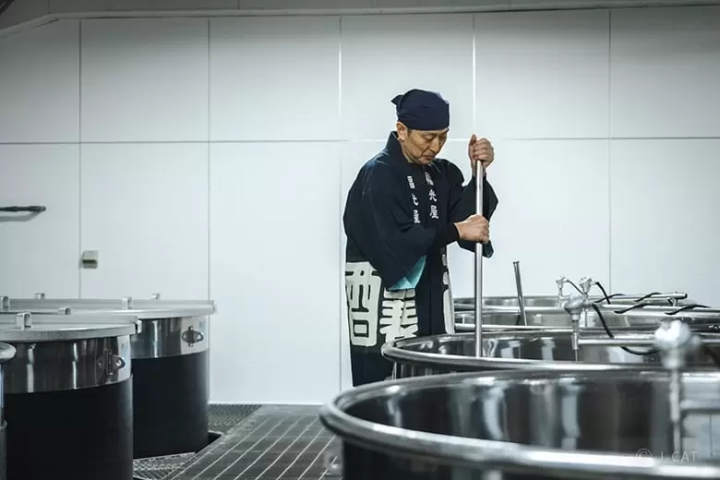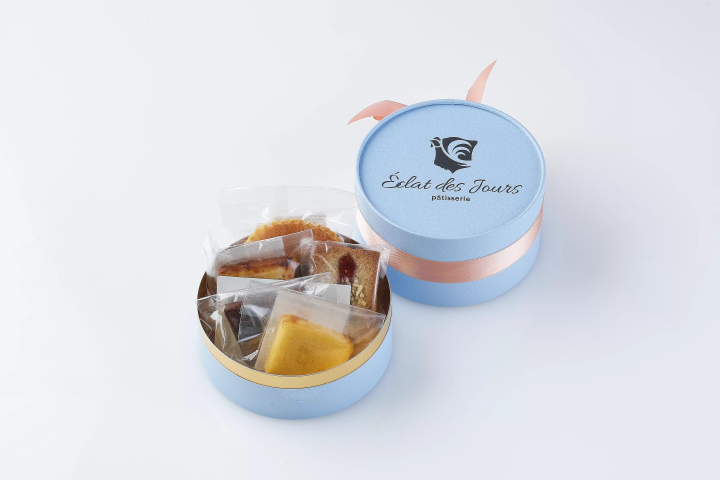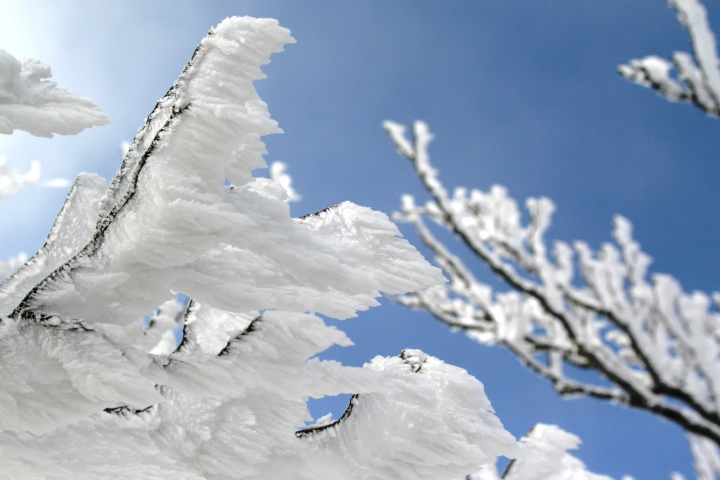[Japanese Culture] Happy New Year! Here's how to spend New Year in Japan!
![[Japanese Culture] Happy New Year! Here's how to spend New Year in Japan!](https://resources.matcha-jp.com/resize/720x2000/2025/01/06-217960.webp)
Japan holds many traditional events throughout the year, but New Year's Day is especially special. Many events take place over the course of about a month from the start of the New Year to the end of the year. Although some customs are being lost, we will introduce how people living in Japan have celebrated New Year's Day!
Gold-Guide is a guide matching platform operated by West Japan Marketing Communications Inc., which matches tourists visiting Japan with highly skilled interpreter guides and provides guided tours.
The biggest event in Japan is New Year's Holiday (January)
![[Japanese Culture] Happy New Year! Here's how to spend New Year in Japan!](https://resources.matcha-jp.com/resize/720x2000/2025/01/06-217963.webp)
New Year's Holliday is a time when many traditional events have been observed since ancient times, from preparation to cleaning up, meals and greetings. Originally, New Year's Day referred to the entire month of January, but nowadays, New Year's Day is often used to refer to the New Year's holiday. The New Year's holiday generally refers to the period from December 29th to around January 3rd, during which time many companies in particular take time off. This year, the calendar was well-aligned, and many companies were able to take a long nine-day holiday, which became a hot topic. On the other hand, in the past, many supermarkets and other restaurants were closed during New Year's Day, but nowadays, large stores other than privately owned shops are increasingly closing only on January 1st.
-
Table of Contents
- New Year's events begin
- What do you do for New Year's events begin
- A little bit of trivia!
- New Year's decorations
- Wait a moment before welcoming the New Year!!! What to do on New Year's Eve?
- New Year's Eve Bell
- Which temple rings the bell on New Year's Eve?
- Things you shouldn't do during the New Year holidays
- Even after the first three days of the New Year, the events continue! January 7th
- Toka Ebisu Festival January 10th of January
- Coming of Age Ceremony Second Monday of January
- Dondoyaki January 14th to 15th on January
- Things to be aware of when traveling during New Year's
New Year's events begin
[Shogatsu Kotohajime] means preparing for the New Year. Although it varies depending on the region, it is generally considered good to start on December 13th and finish by December 28th. In Japan, it has long been said that the "Toshigami-sama" (God of the New Year) comes down from the mountains at New Year's and brings happiness to each household, and various New Year's events and customs were born in order to have the God of the New Year bestow upon them lots of happiness. Preparing for New Year's can be considered preparation to entertain the God of the New Year.
![[Japanese Culture] Happy New Year! Here's how to spend New Year in Japan!](https://resources.matcha-jp.com/resize/720x2000/2025/01/06-217969.webp)
What do you do for New Year's events begin
![[Japanese Culture] Happy New Year! Here's how to spend New Year in Japan!](https://resources.matcha-jp.com/resize/720x2000/2025/01/06-217968.webp)
① Susuharai → This is to sweep away the dirt that has accumulated in the house over the past year. In other words, it means cleaning the room. It is said that "the more clean you are, the more good fortune you will receive from the New Year God." Soot-sweeping is not just about removing the dirt that has actually accumulated in the house, but also has the meaning of "getting rid of bad luck."
② Matsumukae → This word refers to going to the mountains to gather wood needed for New Year's preparations. In the past, there was a custom in which a man who was the oldest man in the year would go to a mountain in the lucky direction at the beginning of the New Year to gather pine trees to make New Year's decorations, firewood to use in cooking, etc. This custom is now disappearing.
③ Shogatsukazari(New Year Decolations)→ It is an old custom to start decorating on the first day of the New Year on December 13th, but in recent years, many families have been keeping their Christmas decorations up until the 25th, and there are more and more cases of people preparing New Year decorations after the 26th. That's very Japanese (lol)
*We will introduce New Year decorations in the next chapter.
A little bit of trivia!
What do the four words we often hear around New Year's - "Omisoka," "Ganjitsu," "Gantan," and "Sanga-nichi" - represent?
In fact, Omisoka refers to December 31st, Gan-jitsu refers to January 1st, Gan-tan refers to the sunrise (morning) on January 1st, and San-ga-nichi (officially the first three days of the New Year) refers to the days from January 1st to 3rd. Omisoka refers to the last day of the month, and it came to be called Omisoka because it is the last day of the year. Also, 元 (Gen) means the very beginning in Japanese, and 日 (JITSU) means the day, so Gan-jitsu means the beginning of the year, January 1st. The 旦 (Tan) means morning in Japanese.
In addition to the above, there is also the word "Matsu no Uchi," which is not a very familiar word. Matsu no Uchi is the period during which the Toshigami-sama is present. It generally refers to the period up to January 7th. (In some areas, it may be January 10th or 15th.)
There are many words that are only used during New Year's Holiday.
New Year's decorations
![[Japanese Culture] Happy New Year! Here's how to spend New Year in Japan!](https://resources.matcha-jp.com/resize/720x2000/2025/01/06-217970.webp)
New Year decorations are deeply rooted in Japanese traditional culture, and are displayed to welcome the god Toshigami (the god of the year), who is said to bring good fortune in the new year, and to receive his protection. Let's introduce a few of them.
① Shimekazari → A very important decoration for the New Year that is displayed at the entrance to welcome the New Year deity. It is often displayed at the entrance because it is an important decoration that purifies the place where the New Year deity will descend. By displaying Shimekazari, you can ward off evil spirits and show that the house is ready to welcome the deity in a sacred place.
② Wakazari: A type of shimekazari, it is a circular (ring-shaped) decoration that symbolizes family unity and prosperity. It is usually displayed at the entrance, around the bathroom, or in private rooms, and plays a role in protecting the pure space within the house. Because this decoration is circular (ring-shaped), it is considered to be endless and perpetual, and symbolizes infinite prosperity and family unity. It is said that it is good to display it in a place close to the center of the house, as it brings good luck to the entire house, or in a bathroom to purify the living space.
③ Kadomatsu: A representative of traditional Japanese New Year decorations, it is usually displayed at the gate or entrance of a house. Kadomatsu, which combines pine and bamboo, has long been popular in Japanese homes as a landmark to help the New Year God visit the house without getting lost. Pine is a symbol of lush vitality, as it stays green even in the cold winter, while bamboo, which grows quickly and straight, signifies purity and prosperity. The three bamboos of Kadomatsu represent heaven, earth, and man, and the harmony of these elements also represents prayers for peace and prosperity for the family. Kadomatsu are generally displayed symmetrically in pairs, one on each side of the entrance, and it is said that by placing them on both sides of the entrance, preparations are complete to welcome the New Year God.
④ Shimenawa: It separates sacred spaces and acts as a barrier to keep out evil spirits and evil energy, and is usually displayed at entrances and on altars. By displaying shimenawa, you can create an environment where the New Year deity can descend in peace.
⑤ Kagami mochi: A round, flat rice cake made by stacking two pieces, one large and one small, it is an offering to the Toshigami-sama and is treasured as a place where the Toshigami-sama resides. The two-tiered rice cakes represent duality, such as past and future, or yin and yang, and are also thought to represent wishes for family harmony and prosperity, as they also mean "multiplying good fortune" and "growing older in harmony." The orange color on top of the Kagami mochi represents the wish for the family to prosper for generations. The event in which this Kagami mochi is taken down from the display shelf and eaten is called Kagami biraki.
⑥ Zodiac Figurines: These are lucky charms in the shape of an animal associated with the zodiac sign of the year, and are meant to bring good fortune as we enter the new year. The zodiac changes every 12 years, and the animal that symbolizes that year is used as a figurine.
7. Hamaya - A sacred arrow believed to have the power to ward off evil spirits, it is awarded at shrines during the New Year. It is common to display it on a Shinto altar or in a high position in the living room, and by displaying it in the home, it is said to ward off bad luck and pray for the safety of the household. Originally, hamaya were used by samurai to pray for victory in battles and to ward off evil spirits. It was believed to have the power to ward off those who were shot at it, and it was imbued with the wish that no disaster would occur in the home.
Wait a moment before welcoming the New Year!!! What to do on New Year's Eve?
The thing to do on December 31st, the day before the New Year, is to eat toshikoshi soba noodles. It is said that people started eating toshikoshi soba during the Edo period. Originally, it was eaten mainly by merchants, who believed that the long, thin noodles would bring longevity to their business, but it is said that people began to eat long soba noodles on New Year's Eve to pray for longevity and prolonged life. There is also a theory that because they are long and thin and easier to break than other noodles, they came to be eaten as a way to ward off bad luck for the year. Other activities include soaking in the last hot spring of the year, known as toshi no yu, and doing some simple cleaning, known as sweeping up.
![[Japanese Culture] Happy New Year! Here's how to spend New Year in Japan!](https://resources.matcha-jp.com/resize/720x2000/2025/01/08-218267.webp)
New Year's Eve Bell
The New Year's Eve Bell is the sound of a bell rung at temples on New Year's Eve, but it continues from the night of New Year's Eve until dawn across the next day. It is well-known that the New Year's Eve Bell is rung 108 times, the same number as the number of earthly desires. One theory is that it is rung 108 times to exorcise earthly desires according to Buddhist teachings, and another theory is that the Japanese word "shikuhakku" (four hardships, eight hardships), which means something very difficult, is applied to the mathematical formula 4 x 9 and 8 x 9 added together to get 108. Another theory is that it is based on the 24 solar terms and 72 seasonal divisions, which are used as a guide to the seasons, and the number is added together to get 108. This is quite profound...
![[Japanese Culture] Happy New Year! Here's how to spend New Year in Japan!](https://resources.matcha-jp.com/resize/720x2000/2025/01/08-218268.webp)
Which temple rings the bell on New Year's Eve?
There are temples where ordinary worshippers can experience the New Year's Eve bell ringing. The famous ones in Kansai are ① Shitennoji Temple, ② Taiyuji Temple, and ③ Todaiji Temple. Please note that there is a limit to the number of people who can participate, and some temples distribute numbered tickets, so be careful! It's best to check in advance.
![[Japanese Culture] Happy New Year! Here's how to spend New Year in Japan!](https://resources.matcha-jp.com/resize/720x2000/2025/01/06-217971.webp)
〇Watching the first sunrise → The first event to take place on January 1st is to worship the first sunrise of the new year. The first sunrise is the first sunrise of the new year, and it is said that people started worshiping it after the Meiji era because it became known to be auspicious.
〇Eat New Year's food
① Osechi... Osechi comes from "Osekku", which means festivals, and Osekku refers to offerings to the gods. In China and the Tang Dynasty, special days were called festivals, and in Japan, the days when celebrations were held at the change of seasons came to be called festival days. Osekku are offerings to the gods on festival days, and Osechi is considered to be an abbreviation of Osekku. The basic rule for Osechi is to pack auspicious dishes.
② Zoni: It is said that people started eating zoni on New Year's Day during the Heian period, and zoni with mochi rice cakes was considered something to eat on special occasions. The origin of the word zoni is 'nimezashi', which means 'mixed with rice,' and it comes from the fact that it is made by boiling various ingredients.
③ Otoso... Otoso is a herbal liquor made by steeping several kinds of herbs in sake and mirin. It is known as a celebratory drink to drink on New Year's Day, as it is said to ward off evil spirits and pray for long life. Otoso was introduced to Japan from China during the Heian period, but it is said that it was during the Edo period that common people began to drink it on New Year's Day.
〇Go to the first shrine visit of the year → The first shrine visit of the year is the first visit to a shrine or temple since the new year, and is a way to pray for happiness in the new year. It is traditional to do this during the first three days of the New Year, but it is said that it is fine to visit during the New Year's holiday.
〇Hatsuyume → Hatsuyume refers to the first dream you have in the new year. Strictly speaking, it is considered to be the first night you sleep after the new year, and it is generally believed that you have it between January 1st and January 2nd. However, if you don't go to bed on January 1st and go to bed on January 2nd, the dreams you have over the course of the 2nd and 3rd can be considered your hatsuyume. Alternatively, if you don't have a dream the first time you sleep after the new year, then some people think that the first dream you have that year, regardless of the date, is the hatsuyume.
〇Kakizome → Often held on January 2nd, Kakizome is the first time people write or draw a picture since the New Year. It usually includes aspirations and prayers for the new year, and people write four-character idioms that have meanings such as effort, goals, and health.
〇Giving and receiving otoshidama → Originally, this referred to receiving a new soul called toshidama from the New Year God. It is said that the kagami mochi that the god resided in was shared by the family as "otoshidama/otoshidama" and eaten with the hope of spending the year safely. Nowadays, it refers to money received from relatives. Otoshidama are often placed in small envelopes.
Things you shouldn't do during the New Year holidays
There are many things to do during the New Year holidays, but there are some things that are said not to be done during this time. The most common are 1) cleaning, 2) using cutlery, 3) cooking using fire, 4) eating meat from animals that walk on four legs, 5) fighting, and 6) using money other than offerings at offerings. Everyone, please be careful!!
Even after the first three days of the New Year, the events continue! January 7th
![[Japanese Culture] Happy New Year! Here's how to spend New Year in Japan!](https://resources.matcha-jp.com/resize/720x2000/2025/01/06-217973.webp)
On January 7th, we eat rice porridge with seven herbs. Nanakusa-gayu is a ceremonial food eaten on Jinjitsu, one of the five seasonal festivals. Nanakusa-gayu is made with seven ingredients known as the "Seven Herbs of Spring," and is imbued with wishes for good health and long life.
Toka Ebisu Festival January 10th of January
![[Japanese Culture] Happy New Year! Here's how to spend New Year in Japan!](https://resources.matcha-jp.com/resize/720x2000/2025/01/06-217972.webp)
This festival is dedicated to Ebisu, one of the Seven Lucky Gods, famous for being the god of fishing, prosperous business, and bountiful harvests. Many companies have prayers offered at the main shrine, and temples and shrines around Osaka Station are crowded with reservations for prayers during this time of year. There are many shrines dedicated to Ebisu in the Kansai region, and this festival is popular mainly in western Japan.
Coming of Age Ceremony Second Monday of January
![[Japanese Culture] Happy New Year! Here's how to spend New Year in Japan!](https://resources.matcha-jp.com/resize/720x2000/2025/01/08-218269.webp)
Starting in 2022, what was previously called the Coming of Age Ceremony will be renamed the Coming of Age Gathering. Until now, people were considered adults when they turned 20, but the age has been lowered to 18. In Japan, people become adults at 18, but as before, alcohol and tobacco are prohibited until they are 20! On this day, many people attend the ceremony wearing gorgeous kimonos, so if you see them around town, be sure to congratulate them.
Dondoyaki January 14th to 15th on January
![[Japanese Culture] Happy New Year! Here's how to spend New Year in Japan!](https://resources.matcha-jp.com/resize/720x2000/2025/01/08-218373.webp)
This is an event where New Year's decorations are burned over a fire and then the rice cakes roasted over the fire are eaten. It is said that eating the rice cakes will ensure good health and freedom from illness.
Things to be aware of when traveling during New Year's
① Bank closures → Many banks will be closed between December 31st and January 3rd. (Some banks may be closed for longer.) As cashless payments are becoming more common, you shouldn't have many problems, but it's important to be aware.
② Restaurant closures: Like banks, many stores will be closed from December 31st to January 3rd. On the other hand, department stores and large stores will only be closed on January 1st, and many will change their business hours during the New Year holidays. Some stores will only offer New Year's menus, and you may not be able to order from the regular menu! Please note that many privately owned stores are also closed.
3) Tourist facilities: Shrines and temples often hold New Year's events and are therefore open during the New Year holidays, but other tourist facilities are often closed on December 31st and January 1st. Many castles are closed from the end of the year through to the beginning of the new year. If you have a place you want to go to decided on, be sure to check the opening hours on their website.
The New Year events vary depending on the region, so it's fun to enjoy the differences!
[Gold-Guide] is a platform that matches tourists visiting Japan with excellent interpreter guides and offers guided tours. We provide memorable guided tours for customers looking for a special experience in Japan. We want to share the charm of Japan with people all over the world.
The contents on this page may partially contain automatic translation.





















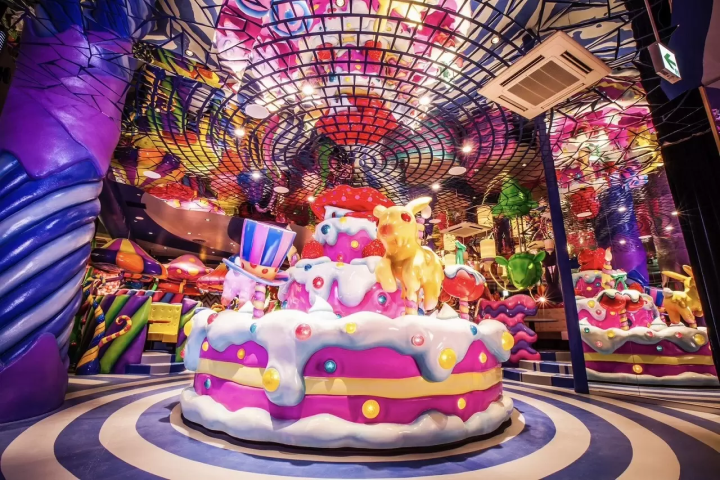
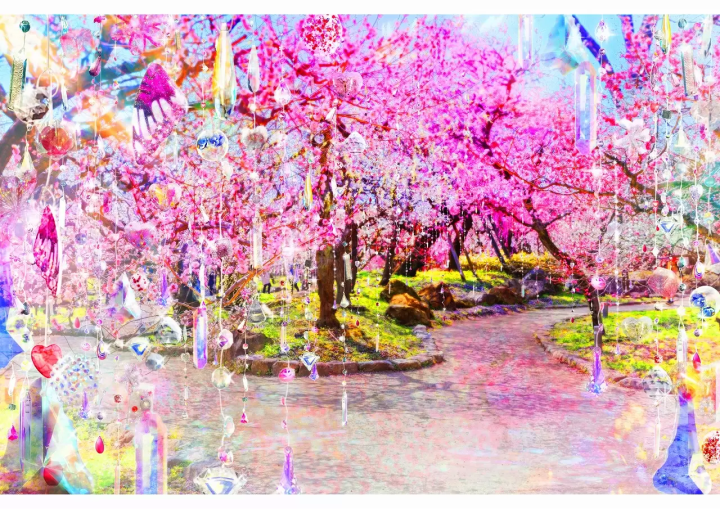








![[For beginners and debutants] Special feature on recommended ski resorts and ski tours!](https://resources.matcha-jp.com/resize/720x2000/2025/12/26-254120.webp)
